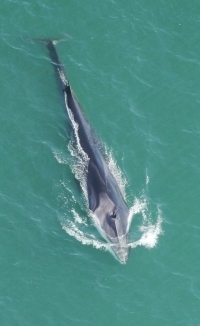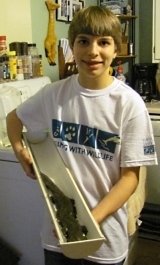Ga. nongame news March 23, 2012
Georgia Department of Natural Resources sent this bulletin at 03/23/2012 03:42 PM EDT
Noteworthy
Headlines “Legislative notebook: House panel kills tilapia stock,” The Macon Telegraph
“Judge hears case involving Navy, rare right whales,” The Associated Press
"Aquarium folks active in area," The Daily Citizen (Dalton)
"Snakes alive: Getting jiggy with wigglers," Savannah Morning News
“‘Deadhead’ logging pushed for Georgia rivers,” Chattanooga Times Free-Press
"Death knell sounds for botany degrees," Royal Horticultural Society (United Kingdom)
"A new species in New York was croaking in plain sight," The New York Times
"Stealing the dunes on Tybee Island," WSAV-TV (Savannah-Hilton Head)
"Bald eagles benefit from tax checkoff," Macon Examiner.com
"Smithsonian scientists discover multiple species of seacows once coexisted," Smithsonian Institution
Parting shot
| |||||||||
|
|||||||||
|
Georgia Wild is free, sent twice monthly and focused on rare, endangered and other nongame wildlife.
Nongame includes wildlife not legally fished for or hunted, plus native plants and natural habitats.
Volume 5, issue 4 Georgia Wild archives
Georgia Wild copyright © 2012. Wildlife Resources Division Nongame Conservation Section. All rights reserved.
|







